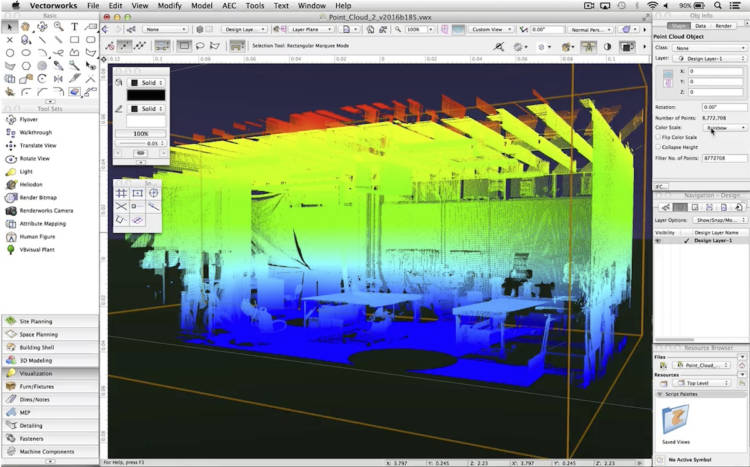

The new CQI-25 SPC Quick Start Guide is a supplement to the full SPC Manual and provides the building blocks of statistical process control for those who are new to the topic or have only experienced SPC from a limited perspective.
(SPC) Statistical Process Control is the use of statistical techniques such as control charts to analyze a process or its output so as to take appropriate actions to achieve and maintain a state of statistical control and to improve the process capability. There are two phases in statistical process control studies. • The first is identifying and eliminating the special causes of variation in the process. Metodicheskie razrabotki po sensorike dlya detej 2 3 let. The objective is to stabilize the process. A stable, predictable process is said to be in statistical control.
• The second phase is concerned with predicting future measurements thus verifying ongoing process stability. During this phase, data analysis and reaction to special causes is done in real time. Once stable, the process can be analyzed to determine if it is capable of producing what the customer desires. A demonstration of solid statistical process control techniques proves an individual’s ability to monitor and improve manufacturing processes.
- Author: admin
- Category: Category

The new CQI-25 SPC Quick Start Guide is a supplement to the full SPC Manual and provides the building blocks of statistical process control for those who are new to the topic or have only experienced SPC from a limited perspective.
(SPC) Statistical Process Control is the use of statistical techniques such as control charts to analyze a process or its output so as to take appropriate actions to achieve and maintain a state of statistical control and to improve the process capability. There are two phases in statistical process control studies. • The first is identifying and eliminating the special causes of variation in the process. Metodicheskie razrabotki po sensorike dlya detej 2 3 let. The objective is to stabilize the process. A stable, predictable process is said to be in statistical control.
• The second phase is concerned with predicting future measurements thus verifying ongoing process stability. During this phase, data analysis and reaction to special causes is done in real time. Once stable, the process can be analyzed to determine if it is capable of producing what the customer desires. A demonstration of solid statistical process control techniques proves an individual’s ability to monitor and improve manufacturing processes.